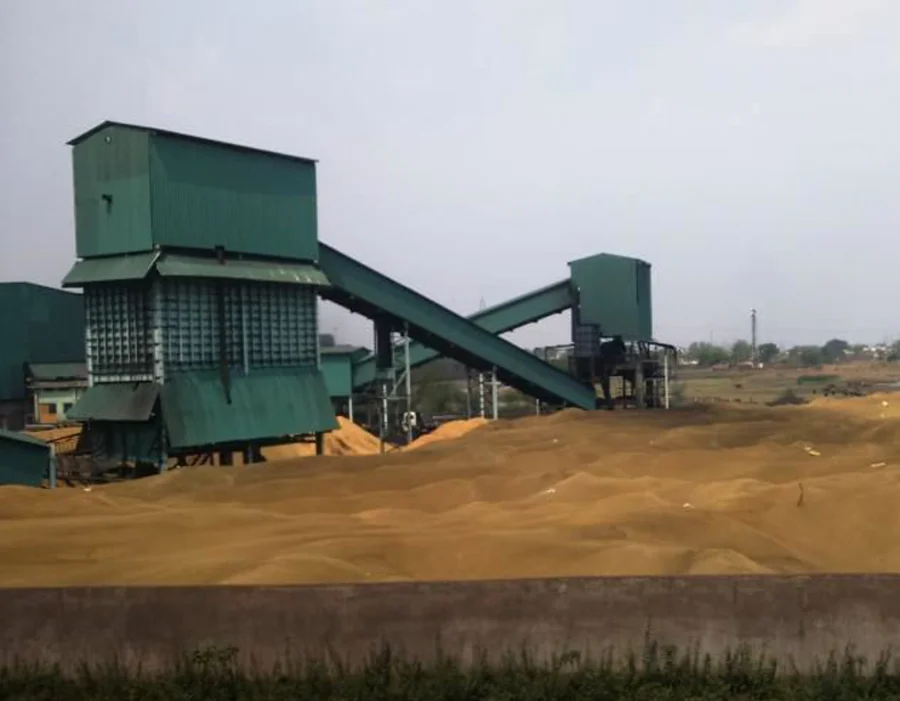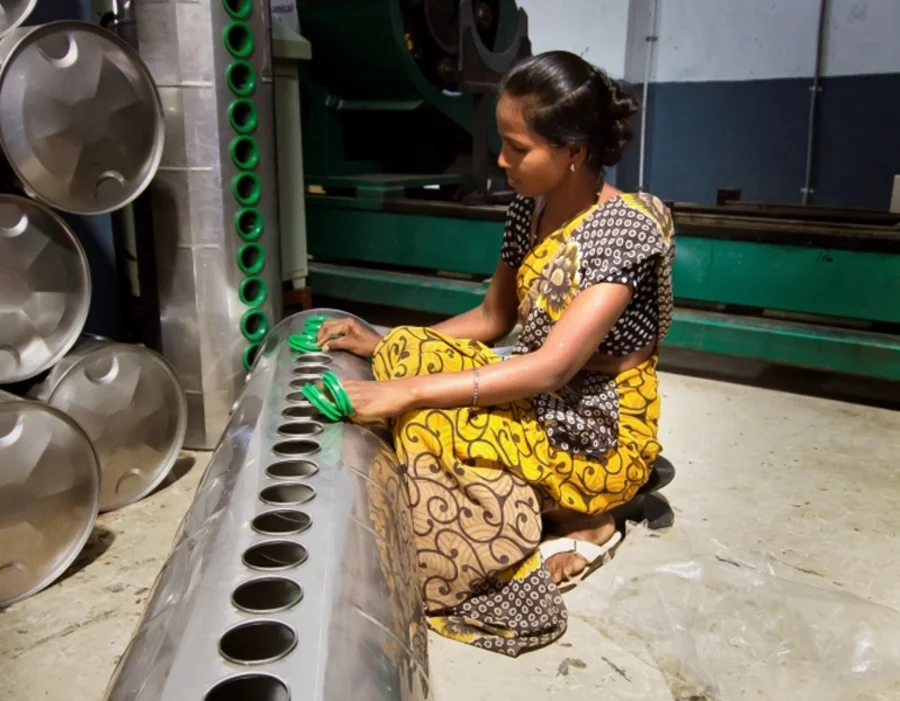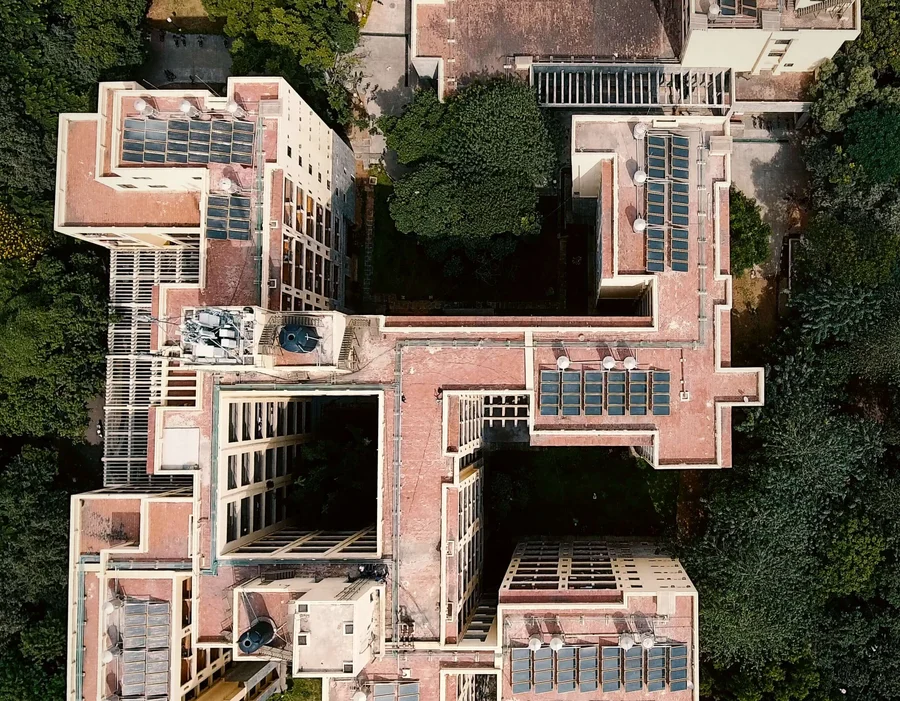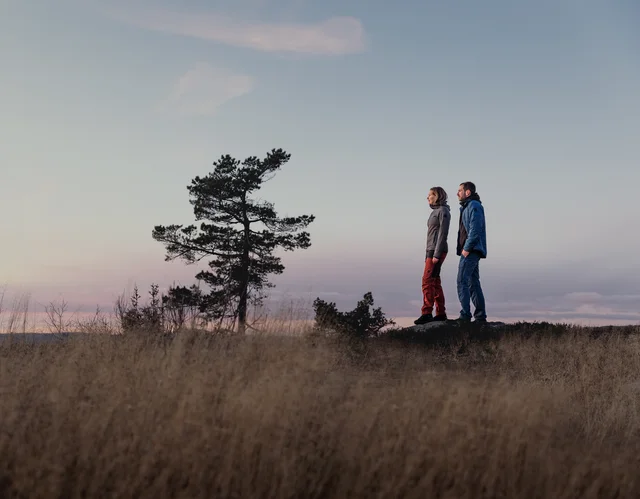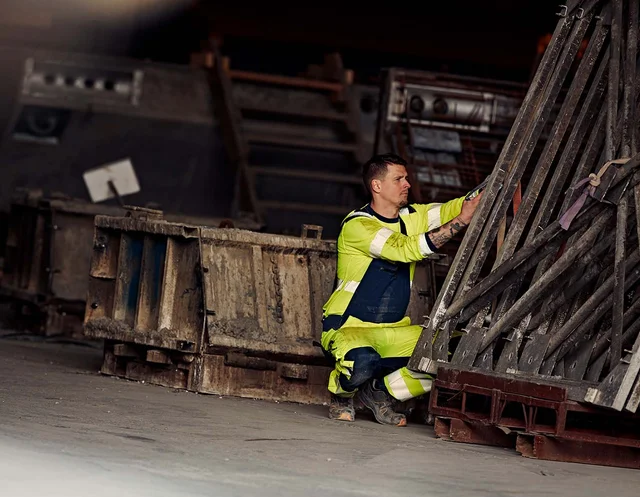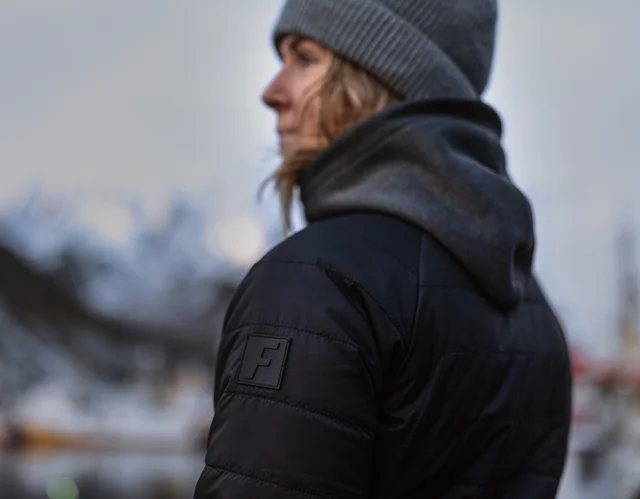
Climate compensation
When we launched our Outdoor collection, we wanted it to be truly sustainable. In addition to choosing materials with a smaller climate footprint, we vowed to compensate for the carbon dioxide emissions caused by the production of the garments.
Globally, clothing production accounts for four to eight percent of all emissions of greenhouse gases. We need to do our part to reduce that number. Our goal is to reduce Fristads’ CO2 emissions by 50 percent by 2030 and we are working on several fronts to succeed. As an addition to all activities we do to change to a more sustainable production we have chosen to compensate for the carbon dioxide emissions caused by the production of the Outdoor collection.
This is how we calculate our climate impact:
Since 2018 we have calculated our climate impact in line with the Greenhouse Gas Protocol, Scope 1 and 2. Scope 1 and 2 include our energy consumption and heating of our offices and emissions from company owned cars, among other things. At the end of 2021 we reported scope 3 for the first time. Scope 3 involves emissions outside our own walls, throughout our value chain – from the materials that we purchase and energy use of our suppliers, to transportation and the disposal of the goods once they have reached the end of their life. To get the most reliable and accurate figures possible, Fristads’ climate calculations are always reviewed by an independent third-party expert. You can read more about our work to reduce our climate impact in our Sustainability Report.
More content for you:
Our initiatives
To reduce the environmental impact connected to our operation we have initiated a number of activities to promote a sustainable development.
Read more >
Sustainable products
To compete with quality rather than price has been a key principle for Fristads from the start. For us, making quality garments is the core of our sustainability work.
Outdoor
We have taken all our knowledge and experience of developing workwear into a new collection blurring the line between work and leisure – Fristads Outdoor.

